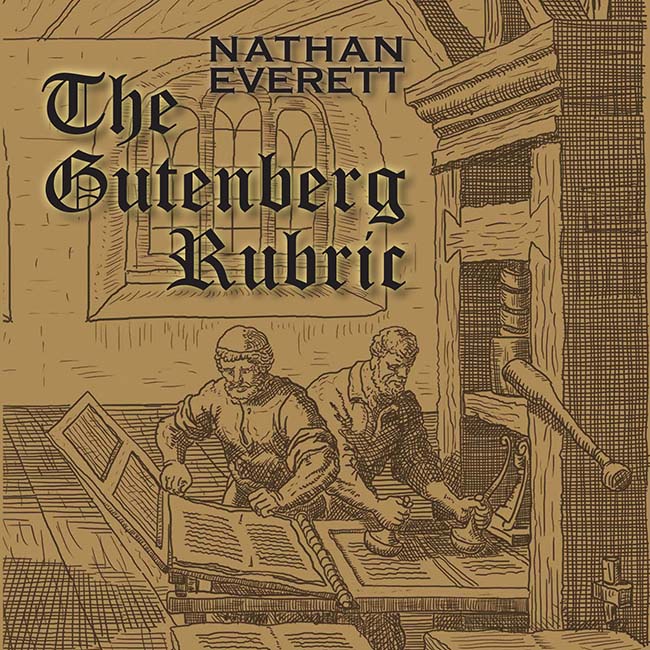10/15/23
The Pitch
This is number thirty-two in the blog series, “My Life in Erotica.” I encourage you to join my Patreon community so I can afford to keep writing.

IS IT NECESSARY to write a pitch for your book before you start writing it? Maybe not. But I do believe it is helpful, and as part of my prep for NaNoWriMo, I’ll be trying to craft a pitch for my unwritten novel that will make people want to buy it.
That’s really the difference between a logline and a pitch. The logline piques people’s interest and makes them want to know more. If you see the logline for a movie on TV, you might decide to check it out and see if it’s interesting. It takes more than that, though, for you to buy a ticket to see the movie or to plunk down real dollars to buy the book. You need a good sales pitch.
I figure that if I can’t craft a pitch that will make people want to buy or read the book, then there isn’t much sense writing it. (There are exceptions to that rule. I’ve often written an article or book that I know no one will want to read, but I feel it needs to be written anyway.)

The pitch is usually considerably longer than the logline, however, it comes in two flavors: the elevator pitch and the full pitch. Here’s an example of the elevator pitch for The Gutenberg Rubric. See last week’s post for the logline.
Just weeks before production of the great Gutenberg Bible was completed, the inventor of movable type printing was sued by his financial partner for having siphoned off funds for a different project. When Gutenberg refused to share the secret project with his partner, the court awarded the entire printing operation to Johan Fust and left Gutenberg with nothing.
What was so valuable to Gutenberg that he would willingly enter poverty to protect the secret from his business partner?
Two rare-book librarians are the unlikely heroes as they race time, biblio-terrorists, and Homeland Security across three continents to find and preserve the legendary ‘other book’ printed by Johannes Gutenberg.
The idea of the elevator pitch is that you enter an elevator with an agent and before it reaches the next floor, you convince him to invite you in to tell him more. As you can see, this isn’t just a tickler with a hook to pique the interest. It is a tight sales pitch. The agent in question will immediately ask, “Is that true about Gutenberg?” (Based on my actual experience with the book.)
It helps that it is true. Only the logline at the end of the pitch is about the novel. The rest of the pitch is to get the agent to say “I’d like to see that.”
And what do you do when you get that far? Then it is time to close the sale. The idea behind the pitch—sometimes referred to as the back cover blurb—is to get the reader to commit to reading the book.

Two weeks ago, I mentioned the planning of Nathan Everett’s City Limits. It involved even more than the index cards, the map, the photos, and the scene-by-scene outline. It started with the logline:
Homeless man stumbles into town just in time to dive into a raging river and save a drowning toddler, instantly becoming the town’s hero—and losing his memory.
Okay, we have the basics of the story. Let’s take a look at the elevator pitch:
Gee Evars wandered into Rosebud Falls on Independence Day just in time to rescue a toddler from the rushing torrent of the Rose River. And to lose his memory. In an attempt to make Rosebud Falls his home, Gee becomes a local hero and inadvertently leads a revolt that changes the balance of power in the town. But will he ever know who he really is?
Then we move to the full pitch:
Gee Evars stumbles into Rosebud Falls, exhausted and dehydrated, but snaps into action to save a drowning toddler from a raging river. Injured, Gee is taken to the hospital, where he discovers he has lost his memory and his wallet. His identity uncertain, Gee sets about making Rosebud Falls his home.
He becomes a local hero, falling for investigative reporter Karen Weisman, who continues to search for his identity as he seems always to be where he is needed most—even when his actions are misunderstood. He changes the balance of power among the seven founding families who rule over the town.
While walking through the mystical forest—the town’s centerpiece and primary economic resource—he eats one of the poisonous nuts and falls into a hallucinatory trance. When he awakens, he discovers what it means to be both the City’s Champion and the Defender of the Forest.
Rosebud Falls will never be the same after its encounter with the man with no memory.

When it came time to write the sequel,
Gee Evars wandered into town without a memory a few months ago. In that time, he has become the city champion, has led a proxy takeover of the city’s biggest business, and has become a spokesman for the Forest and the Wild Woods. The fence came down between the two on the night of the election approving annexation of the area.
But now, Gee is faced with a new reality. The Wild Woods holds secrets that some people would kill to maintain. Someone needs to manage the exploration of the Wild Woods. Someone needs to eat the nut. If the woods has been used to manufacture drugs and to traffic in children, someone needs to go in and find out if anyone is still in danger.
That task falls to Gee and a small army of high school volunteers who are determined to clean their woods and make it safe and welcoming.
And when abused and brainwashed children wander out of the woods and into town, who better to teach them and bring them back to society than the man who also has no memory?
The pitch is also what you normally read in the listing for a book or on its back cover. It helps to have it in front of you while you are writing the book. That way, you know you are on track as you write.

Of course, all this discourse about how to write the pitch has still left me lacking a storyline for NaNoWriMo. Just two more weeks until I need to start writing. Oh, what shall I do? Next week: “Committing to the Story.”
Please feel free to send comments to the author at devon@devonlayne.com.
